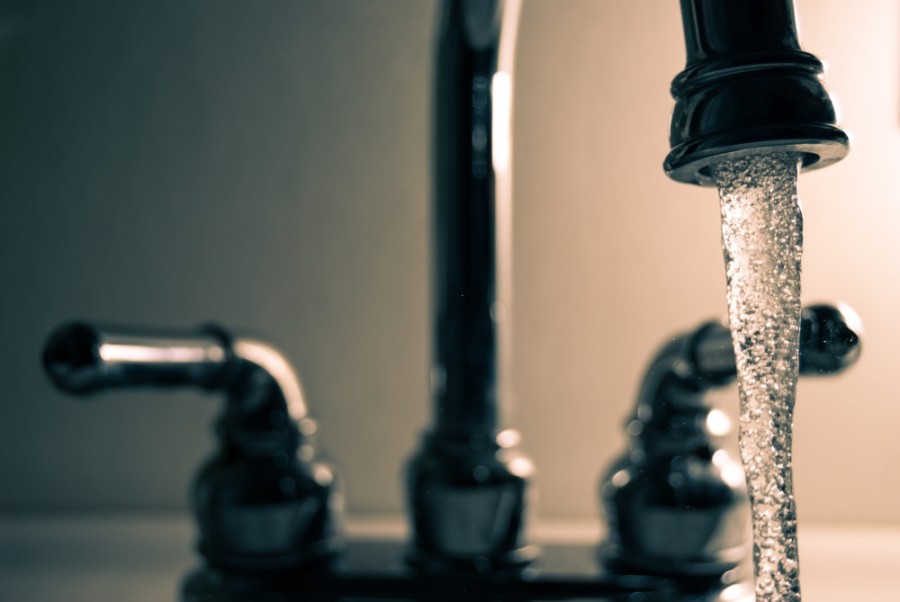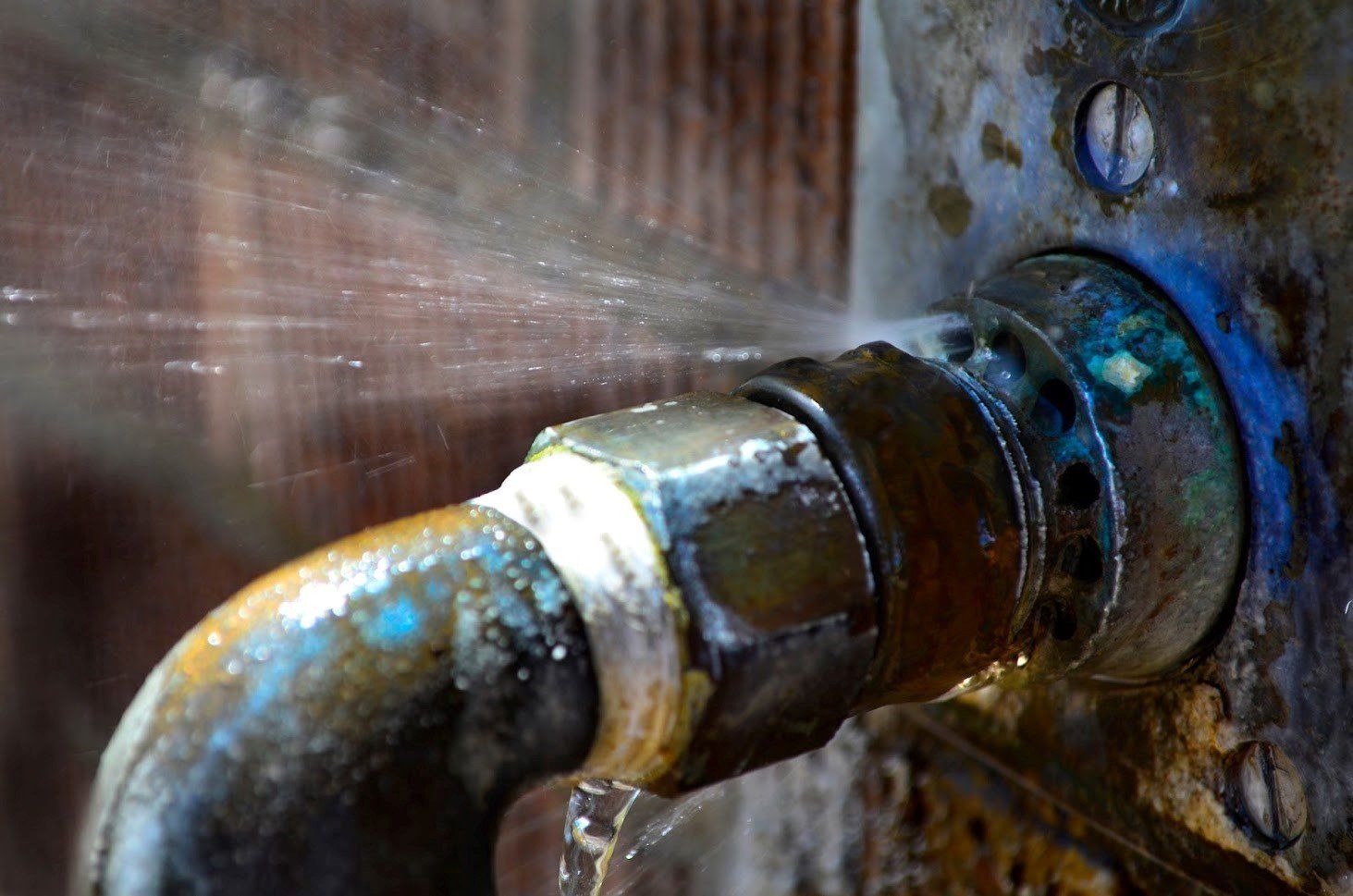They are making a number of great pointers on the subject of What to Know Before Installing a Dishwasher overall in this post underneath.

A ruptured pipeline is a significant emergency; you can just stand as you see water you pay very much to reunite with the earth. In worse instances, you see a swimming pool on your kitchen floor, which is a fantastic trip danger, particularly if you have children around. If the pipe that ruptured was in your wall surfaces, problem: you might need to paint that whole section.
Exactly how can a calamity like a ruptured pipe be stopped as well as managed? Well, by paying attention to your specialist emergency plumbing technicians and also adhering to these policies.
How do I recognize when my pipes have ruptured?
Changing water stress
Pipelines do not just burst in a day. You might have discovered that your cooking area faucet or shower doesn't run quickly when you turn the faucet. It may stop briefly for a couple of secs and then blast you with more pressure than common.
In other instances, the water may appear regular at first, then drop in stress after a couple of secs.
Damp walls and water spots
Prior to a pipeline bursts, it will leak, many times. If this consistent dripping goes undetected, the leakage might graduate into a broad tear in your pipeline. One very easy means to prevent this emergency is to keep an eye out for wet walls ad water discolorations. These water discolorations will lead you right to the leak.
Puddles under pipes and sinks
When a pipe bursts, the outflow forms a pool. It might appear that the puddle is expanding in size, and also despite the number of times you wipe the pool, in a few mins, there's another one waiting to be cleaned up. Usually, you may not have the ability to map the puddle to any noticeable pipelines. This is a sign to call a specialist plumber.
Untraceable dripping sounds
Pipeline ruptureds can occur in one of the most unpleasant locations, like within concrete, inside wall surfaces, or under sinks. When the house goes silent, you may be able to listen to an aggravatingly relentless leaking noise. Also after you have actually checked your shower head and also cooking area faucet, the dripping may proceed.
Precious visitor, the dripping may be originating from a pipeline inside your walls. There isn't much you can do concerning that, other than inform a professional plumber.
Shut off the Water
When water freezes, it increases in volume by concerning 9 percent. And also it broadens with remarkable force: The stress inside pipes might go from 40 extra pounds per square inch to 40,000 psi! No pipe can hold that much pressure, so it bursts. The break may occur where the ice kinds, however more often, it takes place where water stress finds a weak point in the pipeline. That may be inches or perhaps feet from the icy area. Locate the water shutoff valve as well as switch off the water to avoid more damages. You might also require to turn off the electricity too, depending upon where the leakages occurs and also exactly how large it is.
Infected water
Lots of people think a burst pipeline is a one-way outlet. Fairly the contrary. As water flows out of the hole or gash in your plumbing system, pollutants find their way in.
Your water may be polluted from the resource, so if you can, inspect if your water container has any type of troubles. However, if your alcohol consumption water is supplied as well as purified by the local government, you need to call your plumber promptly if you see or smell anything funny in your water.
What do I do when I detect a burst pipe?
Your water meter will certainly continue to run also while your water wastes. To lessen your losses, find the major controls and turn the supply off. The water pipe are an above-ground structure beside your building.
How to Fix & Detect a Leaking Pipe
How Do I Know if a Pipe is Leaking?
Leak detection tests can help you determine if your pipe has a leak. Even if you don’t see an apparent leak, you should still conduct leak detection tests regularly to save water and money—and prevent major damage to your home.
Water meter. It can be helpful to figure out what your usual water meter usage numbers are and then monitor them regularly. To monitor your meter, first, turn off all water faucets in your home. Check the meter and write down the numbers. In a few hours, check the meter again. If the numbers have changed, you have a leak. Water gauge. Use a water gauge to test your water pressure. Your showerhead should produce a certain amount of water pressure based on its model and design. If the pressure is lower than it is supposed to be for that specific showerhead, your home likely has a leak. Puddles. Look inside your bathroom, laundry, and kitchen sink cabinets. Puddles around the cabinets or around toilets, tubs, showers, and washing machines indicate the presence of a leaking pipe. You may also notice loose tiles, peeling or flaking paint, or mold caused by water accumulation. Napkin test. Even if you don’t see any puddles, you may still have a leak. You can test for water leaks in the bathroom, laundry, and kitchen by wiping below-sink connections with a napkin, paper towel, or piece of toilet paper. If it becomes damp, you probably have a leaking pipe under the sink. Discolored walls. Walls that are discolored—usually with brown or yellow stains—or bulging might mean that they have been impacted by water damage caused by a leaking pipe. Smell. A leaky pipe will create sitting water, and over time, that water may develop a musty smell. If your home smells musty, but you can’t locate the source, it may be due to a leak. Steps for Fixing a Leaking Pipe
A leaky drain can be remedied by tightening the pipe base, replacing the drain seal, caulking the rim, and tightening the pipe nut. Similarly, a leaking toilet pipe can be treated by tightening the packing nut. You may also need to replace the valve. A leaky faucet may just need tightening or replacement of the washers. If that doesn’t work, consider replacing your faucet. If your pipe has a hole in it, you may want to use a pipe leak sealer or pipe leak tape. This quick fix for water pipe leaks can also temporarily fix a copper pipe leak. https://www.ahs.com/home-matters/quick-tips/how-to-tell-if-pipes-are-leaking/

Do you appreciate reading up on How to Prepare for Your Dishwasher Installation? Make a remark down below. We'd be pleased to hear your opinions about this write up. In hopes that you come back again before long. Do you know another person who is in to the subject? Feel free to share it. Thank you for your time. Kindly visit our website back soon.
Fast and effective, call!